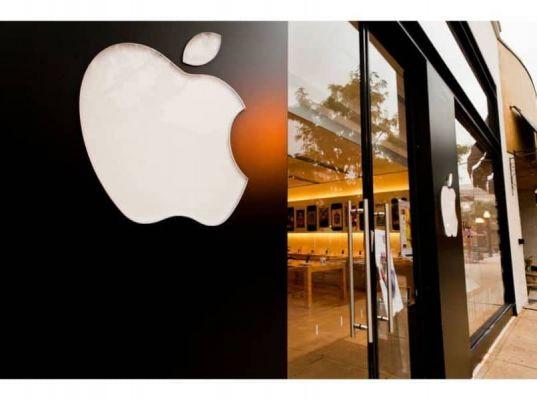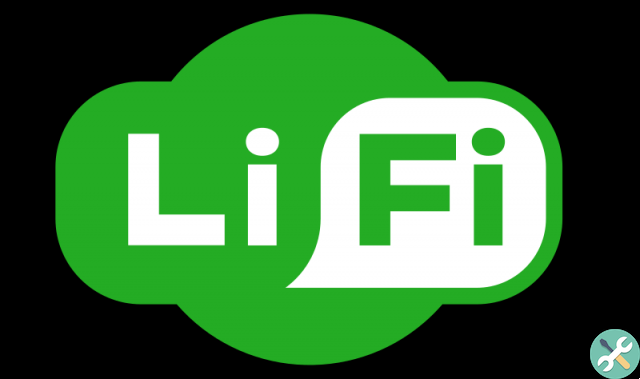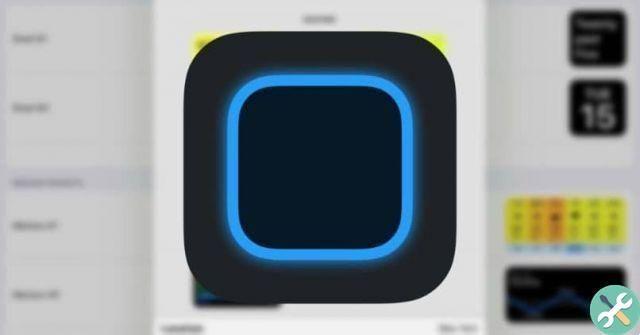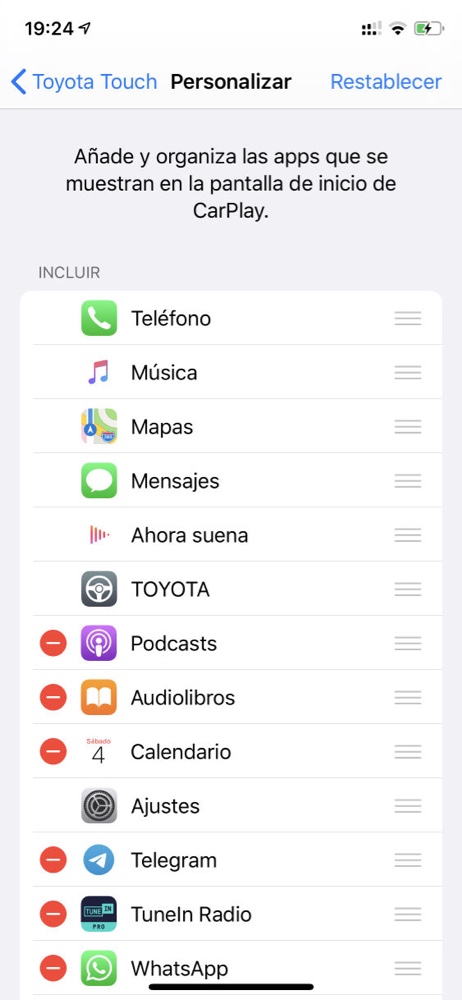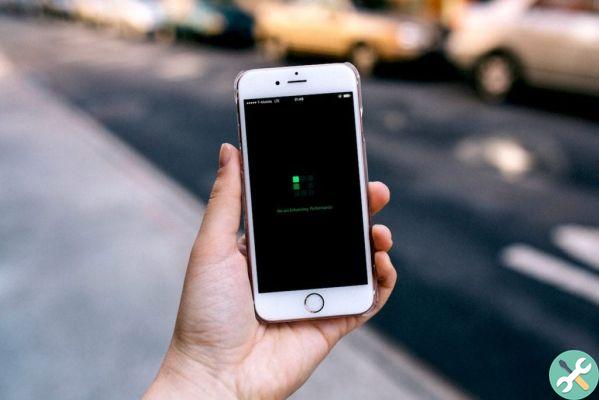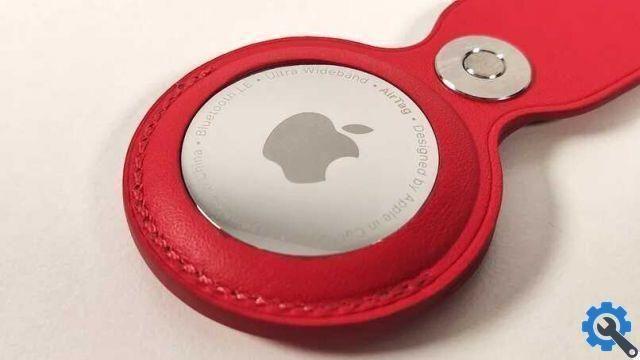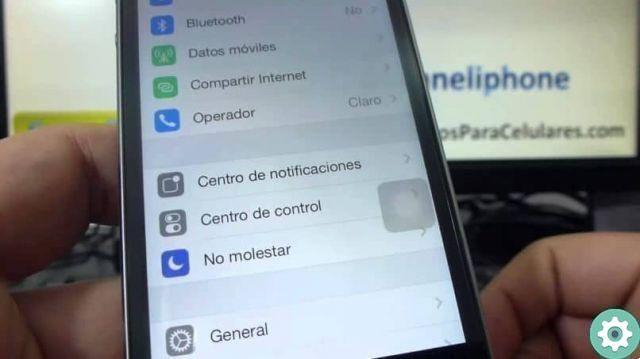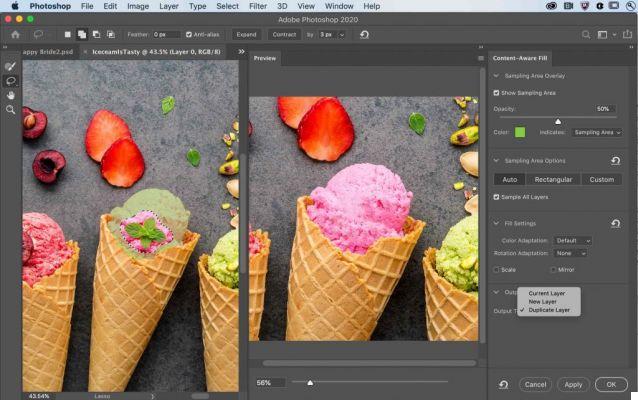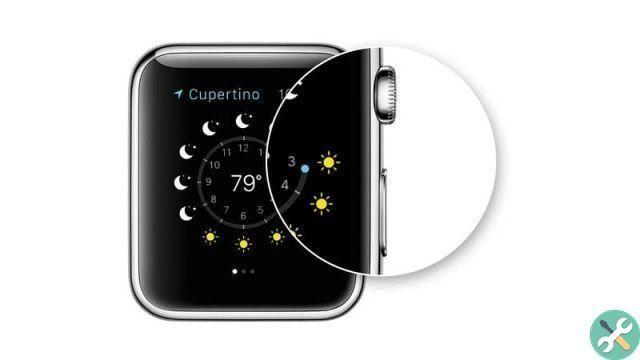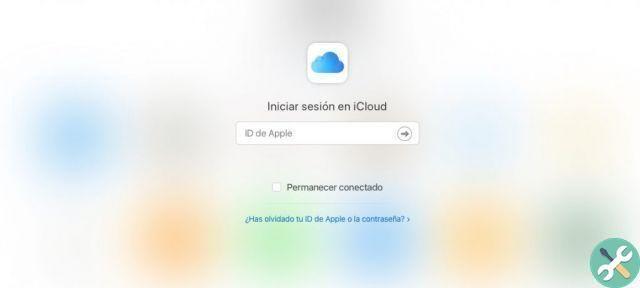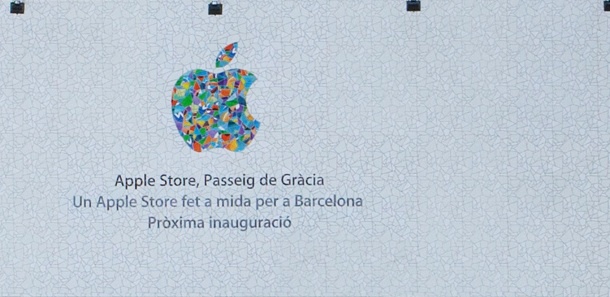
We already talked a few days ago about the concern of companies sending mass emails about the privacy measures Apple will incorporate into iOS 15 and Monterey.
Keeping track of when you opened an email and what you read is something many companies and advertisers rely on for their marketing efforts. Additionally, there are email clients designed to let users know when the emails they sent have been opened.
Much of this tracking is facilitated by remote images that are loaded when viewing an email, and some are even more subtle, with advertisers using invisible tracking pixels. Tracking pixels are hidden graphics that may not appear in an email, but are loaded by the email client, allowing senders to collect personal data. Senders can see that you've opened an email to get other information, such as your IP address.
With iOS 15, iPadOS 15, and macOS Monterey, Apple is ending email monitoring with a suite of email privacy protection features.
Email privacy protection isn't enabled by default, but Apple will highlight it as an option when updating to iOS 15 or iPadOS 15.
If you are running one of these updates, you can activate it in Settings> Mail. Click on » Privacy protection "And then activate" Protect email activity «.
In macOS Monterey, open Mail, go to Mail preferences, then click Privacy. From there, activate Protect email activity.
If enabled, Mail Privacy Protection hides the IP address and loads all remote content privately in the background, routing it through multiple proxy services and randomly assigning an IP address.
Here's how Apple describes the feature in its entirety:
The emails you receive may include hidden pixels that allow the sender of the email to obtain information about you. As soon as you open an email, the sender can collect information about your email activity without transparency and the ability to control what information is shared. Senders of emails can know when and how many times you opened their email, if you forwarded the email, your Internet Protocol (IP) address and other data that can be used to profile your behavior and find out where you are.
If you choose to enable it, Mail Privacy Protection helps protect your privacy by preventing email senders, including Apple, from learning about your email activity. When you receive an email in the Mail app, instead of downloading remote content when you open an email, Mail Privacy Protection downloads the remote content in the background by default, regardless of how you interact with the email or not . Apple does not know any information about the content.
Additionally, all remote content downloaded by Mail is routed through multiple proxy servers, preventing the sender from learning your IP address. Instead of sharing your IP address, which can let the email sender know your location, Apple's proxy network will randomly assign an IP address that only matches the region your device is in. As a result, email senders will only receive general information rather than information about your behavior. Apple does not access your IP address.
It is worth noting that senders will see an IP address that matches the region you are in, providing them with generic information about your behavior that is not specific and cannot be used to profile your behavior.




